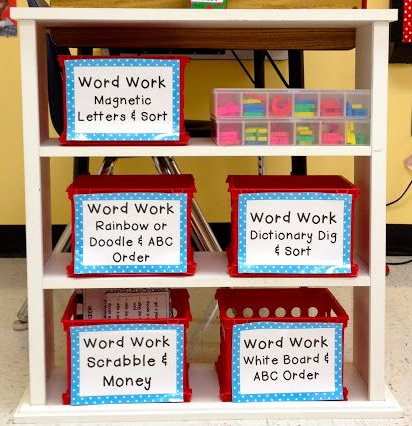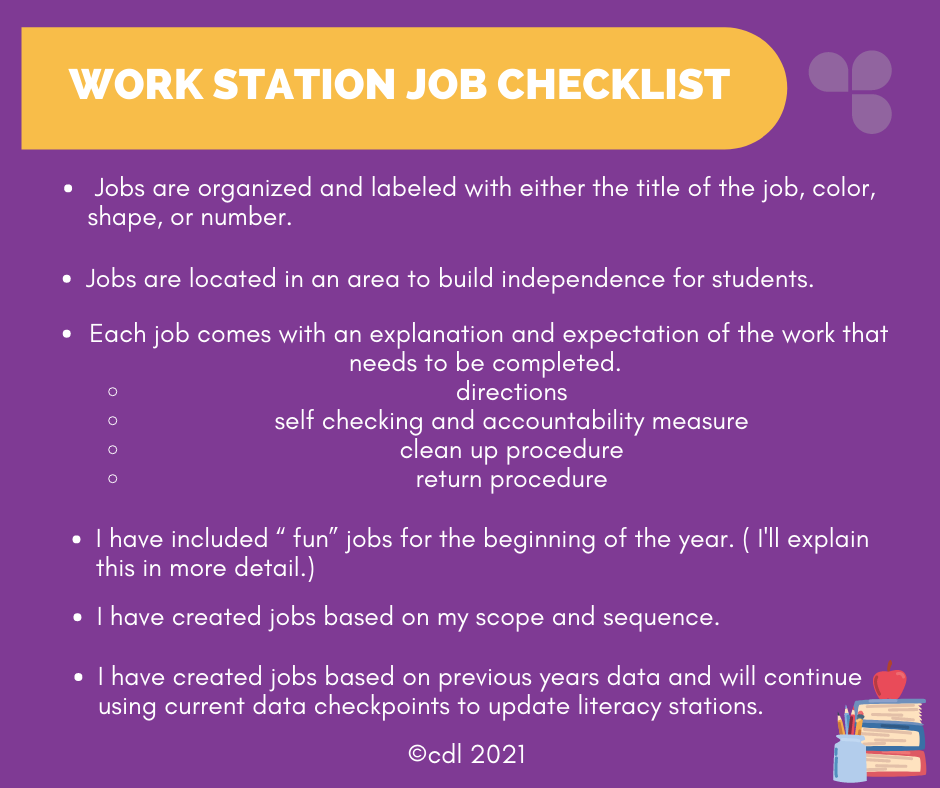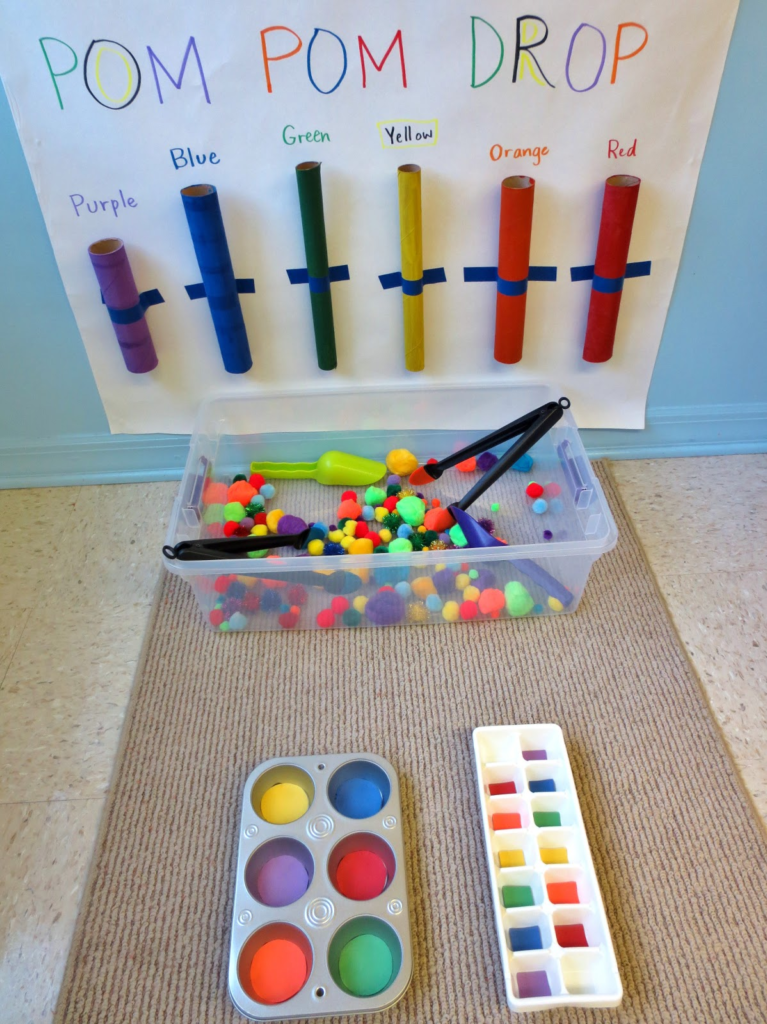Steps to Create a Chaos-Free Classroom
By Alana Mangham
Literacy and Learning Specialist
Raise your hand if you have ever felt overwhelmed getting classroom centers or workstation jobs started in your classroom? Kindergarten through Second Grade educators spend countless hours printing, laminating, cutting, and organizing a ton of hands-on activities for their students to work on in hopes that they will build literacy independence and gain proficiency with specific skills that need reinforcement.
Many educators are familiar with centers or workstation jobs, as I like to call them, but implementation can get tricky. I had the privilege of releasing my first Reading League Journal article in the May/June 2021 issue titled “Workstation Jobs to Reinforce Foundational Reading Skills.” The article discussed the approach used to maximize instructional time by using data to create effective workstation jobs that reinforce skill deficits by aligning simple jobs to data and reading science. What I want to discuss now is how to start your year off with an implementation plan.
Some educators have a flawless system of introducing workstation jobs, but that was never the case for me. So, I am writing this for the teacher that dreads getting the routine in place every year.

I created my classroom literacy jobs. Now what?
First, I want to review a simple checklist before we get into the protocols of implementation.

Once you have established your literacy workstation jobs’ location and organization, you will need the plan to implement to avoid classroom chaos properly.
The first step is an important one! Repeat after me… “Students will not use any literacy workstation job until ALL students have had the opportunity to learn the workstation job in small groups.” That’s right. It can take weeks before workstation jobs are in full effect. This is where the “fun” jobs come into play. While I am pulling a small group of students to teach expectations explicitly, I need students to work and build literacy stamina through easy, fun centers. Centers could include sensory bins, playdough, puzzles, wooden tangrams, etc. Basically, this center is self-explanatory for students.
Step 2: Once you have some preliminary data, you will need to group your students, even if it is teacher observation. I would suggest no more than 6 per group.
Step 3: Introduce students to the location of the workstation job at the place where you intend to store it. Demonstrate (I do) how students will remove the job from the shelf, how they will walk to the designated location to complete the job. Students will then practice (we do) following the teacher’s demonstration.


Students will need to sit around their teacher in a semi-circle.
Step 4: Use the following script to explain the workstation literacy job.
“Students, this is the ____ job. This job will help you work on ____ skills. Watch me as I remove the job from the container. When you work on this job, you will follow the same procedure.”
Educators, this is your time to explain and model in detail how students will remove the job, lay it out, practice the job, any accountability measure, and clean up.
Step 5: Students take turns going over each step listed above one at a time. For example, the teacher demonstrates removing items from the container and laying them out. Next, the teacher will replace the items and then let each student practice removing the items.
Once the entire class or group of students who will use that particular literacy workstation job has been through the teacher’s course of implementation, the teacher can reveal the job as “active” on the shelf. Center jobs (sensory bins, playdough, puzzles, wooden tangrams, etc.) need to remain active for use on classroom shelves until all students have been given the introductory lesson of skill-based workstation jobs. For more science of reading-aligned literacy workstation jobs, check out the Florida Center for Reading Research at FCRR.org!
Let’s say goodbye to centers and chaos and hello to a seamless, literacy-focused work job classroom implementation. I am challenging educators to rethink the protocols with workstation jobs for this upcoming academic year to build literacy independence and reinforce foundational reading skills. Be sure to follow the efforts of the Center for Development and Learning as we strive to advance literacy and learning through evidence-based practices in the classroom, home, and community.

Leave a Reply